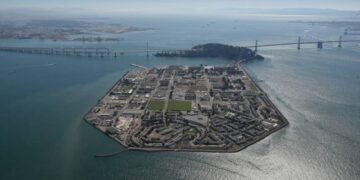How climate change has impacted cherry blossoms
If you’ve noticed cherry blossoms beginning to bloom earlier than usual, you’re not alone.
Springtime temperature plays a big role in how early trees bloom and “is consistent with the increased heat of climate change,” Patrick Gonzalez, climate change scientist and forest ecologist at UC Berkeley, told KQED in 2024.
Cherry trees blossom for a very short period, making the peak flowering stage a critical data point in understanding the physiological stage of the tree. It’s also the most well-documented data in phenology: The timing of life events in plants and animals.
Studies have shown that cherry blossoms in both Washington, D.C. and Kyoto, Japan, have been blooming earlier than in previous years due to climate change. With increased global temperatures, “cherry trees blooming in the center of Washington, D.C. could advance by up to a month by 2100,” Gonzalez said, referring to a study from 2011. And more than a thousand years of past data indicate that this will also be the case with peak blooms in Japan, Gonzalez said.
But why might earlier blooms become an issue? Gonzalez said that rising global temperatures could inadvertently cause a “phenology mismatch” between when a tree blooms and when pollinators like bees and butterflies mature.
While many of the cherry trees we see in the Bay Area are more ornamental and, therefore, may not be a cause of concern with earlier blooms, “the phenology mismatch is important ecologically for food crops, especially like almonds and cherries that we eat here [in California],” Gonzalez said.
KQED’s Janelle Hessig and Adrienne Lee contributed to this story, which was originally published on March 22, 2024.




















